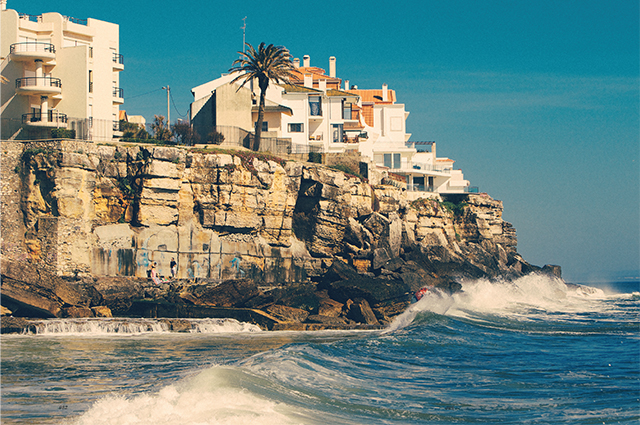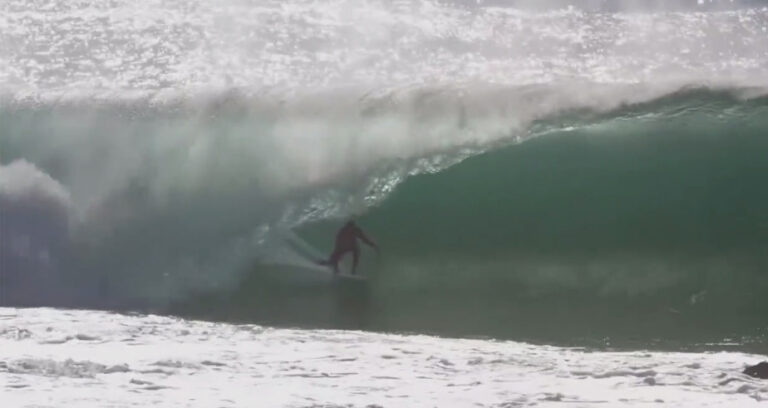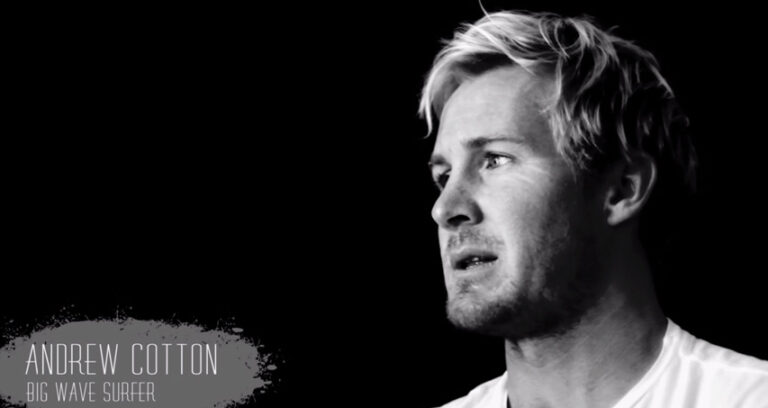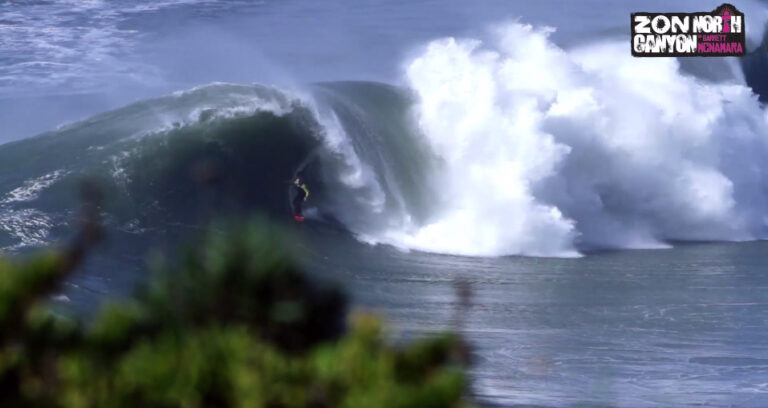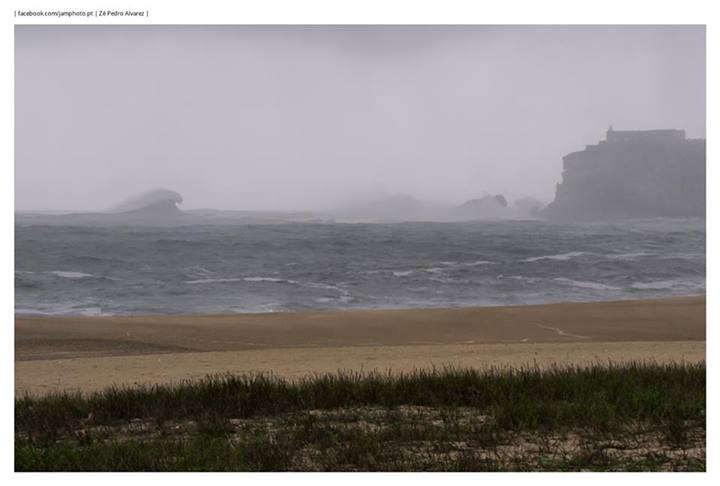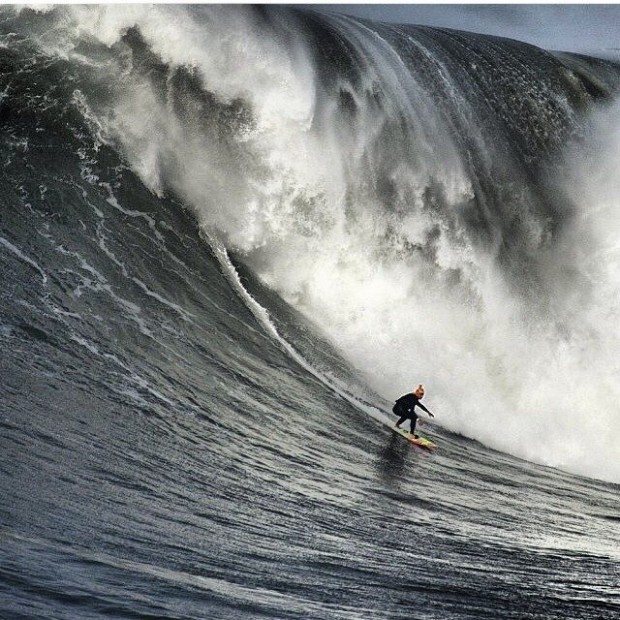
Photo: Zon North Canyon
North Atlantic big wave sessions are on a definite roll. The above photo of Euro big wave loon Eric Rebiere is fresh from yet another chunky day of surf at Nazaré. We talked to the Frenchman a couple hours after he’d got out the drink still audibly pumped from his personal best big wave performance at Parai do Norte.
Hey Eric, how did that compare to Big Monday’s session? Tell us a bit about the conditions?
Those were the biggest waves I’ve ever surfed at Nazaré… It breaks a lot like Belharra at that size… huge and with a lot of chop on the face. The big difference is the lineup’s really shifty with peaks coming at you from all over the shop. You can’t afford to switch off for even a second and you have to be ready to head off in any direction…
Have you changed anything in your preparation or routines since Maya’s accident?
I was in the water when it happened and I hadn’t surfed again until today. I spent a lot of time thinking about my kids the last few days and my responsibilities towards them. It was a real shock to the system and I felt really bad for Maya. But once the shock of it all faded I was ready to paddle back out.
How does Nazaré stand out to other big wave spots you’ve surfed?
From a swell point of view, there’s this really deep canyon out the back of Nazaré beach, it’s like over 10,000 metres deep so there’s no continental shelf to slow down or weaken the open ocean force of the swells. Add to that the fact you’re surfing big waves without the safety of any real channel. There’s no real zone where you feel truly out of harm’s way.
How do you prepare yourself physically and mentally?
Mentally it’s always the same deal. Make sure you stay calm and try to see things clearly, especially when you go down. You don’t won’t to waste any energy you have and it’s important to wait for the right moment before trying to swim back to the surface. Fitness wise, I practise jui-jitsu with Ze Marcello from Monday to Thursdays and then run on weekends. But most of all I try to surf and paddle as much as possible during the winter. There’s no real secrets, the best training is time in the water and getting comfortable with taking waves on the head!

